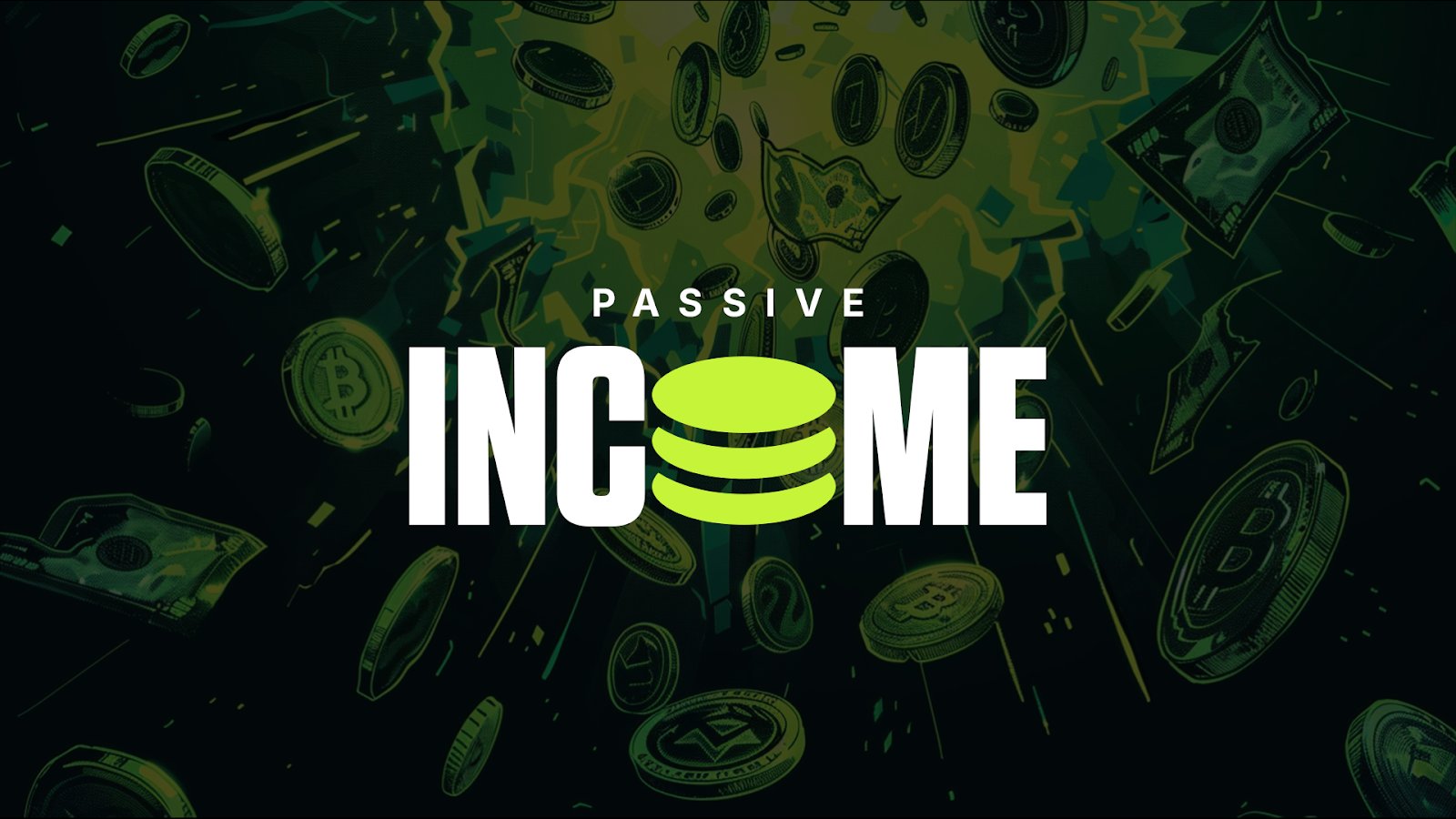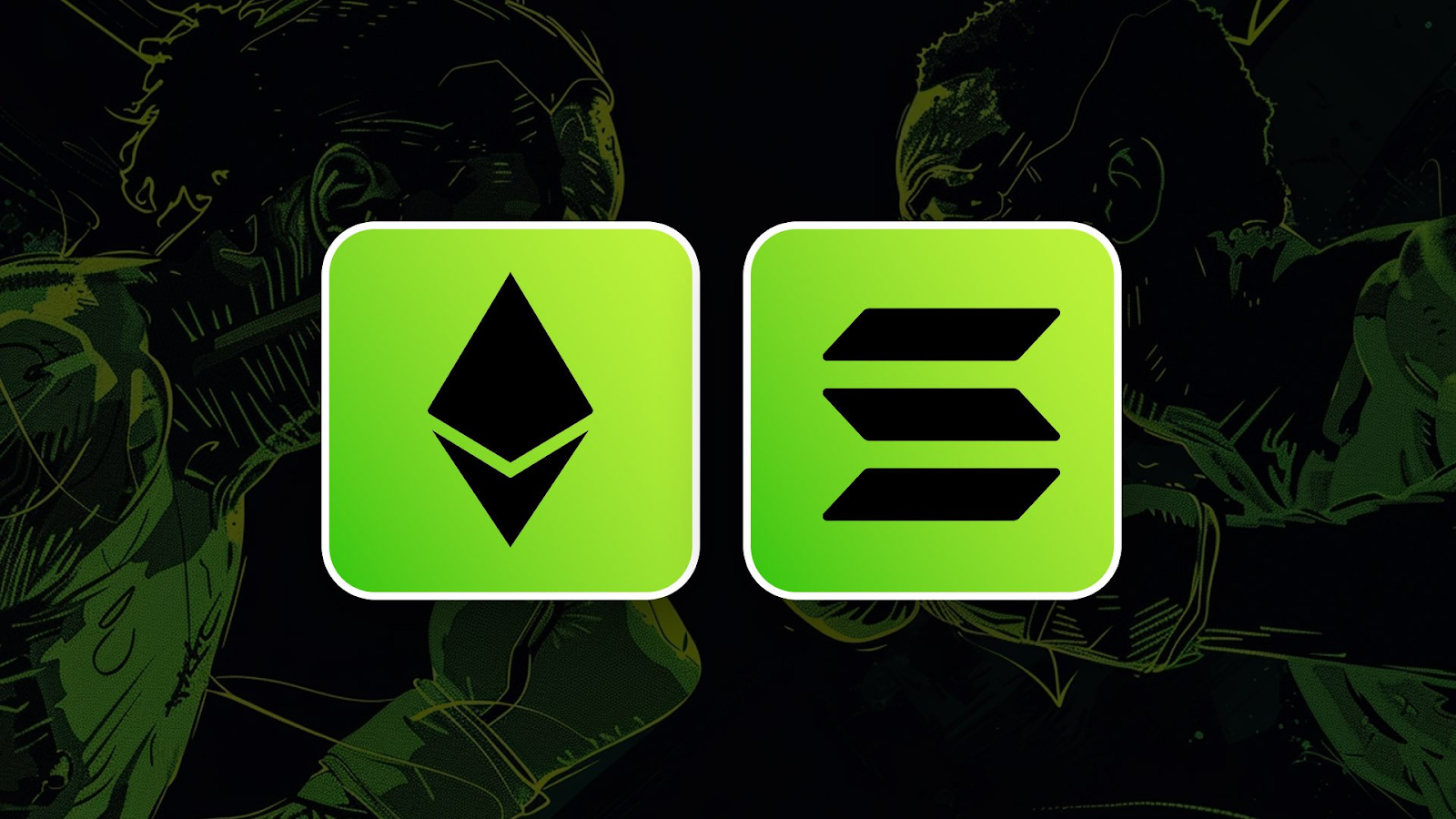Mastering Liquidity Pools: Unlocking 48% - 250% APR on HYPE
While most investors chase the next hype coin, a smarter few are earning up to 250% APR simply by providing liquidity. This report breaks down how our analyst has been doing it, using a structured, repeatable framework that turns this asset’s volatility into sustainable yield. Let’s dive in…

Over the past few months, one of our analysts has been quietly earning between 48% and 250% APR passively. The secret? Liquidity Pools (LPs).
In this report, we break down the exact framework he uses to identify profitable pools, when to enter or exit, and how to use spot limit orders to amplify yield and compound returns over time. By the end of this read, you’ll understand exactly how liquidity pools work, where the real yield comes from, and how to apply the same principles to build your own passive income strategy.
In this report:
- How Markets Operate
- A Deeper Understanding of LPs
- Making the Most Out of LPs
- Case Study: What Pool Have We Been Using?
- Step-By-Step Tutorial
Disclaimer: This is not financial or investment advice. You are responsible for any capital-related decisions you make, and only you are accountable for the results.
How Markets Operate
Before diving into the mechanics of liquidity pools and yield generation, it’s crucial to first understand how markets themselves function and the difference between order books and automated market makers (AMMs).Every trade, whether you’re buying AAPL stock or selling BTC on Binance, relies on a mechanism that matches buyers and sellers at an agreed price and quantity. In traditional markets such as equities or centralised exchanges like Binance and Coinbase, this process happens through what’s known as an order book. An order book lists all active buy and sell orders across different price levels. When a buyer’s bid matches a seller’s ask, a trade is executed. To keep this system efficient, market makers continuously place both buy and sell orders, providing liquidity and ensuring there’s always someone to trade with.
DeFi flipped that model on its head. Instead of matching buyers and sellers, it introduced a new system: the Automated Market Maker (AMM). In an AMM, there is no order book. Instead, users deposit two assets into a smart contract, creating a liquidity pool. That pool automatically provides liquidity and prices assets based on a mathematical formula (likex × y = k). The result? Traders can swap tokens directly against the pool rather than waiting for another human to take the opposite side.
Think of it this way: instead of going to a currency exchange shop, where you and the teller agree on a price before swapping money, you go to a machine that already holds a pool of two currencies. You insert the one you want to sell and automatically receive the one you want to buy. The price isn’t negotiated by people; it’s determined by the supply and demand of each currency in that pool.
A Deeper Understanding of LPs
A liquidity pool is created when a market participant decides to initialise it by depositing two assets of equal value. For example, let’s take the pair HYPE/USDC. Participant A creates the pool and deposits both HYPE and USDC into it; these initial deposits form the foundation of the pool’s liquidity. The total dollar value of these assets is known as the Total Value Locked (TVL), which represents the total capital locked within the pool.Beyond TVL, two other key metrics define a pool’s activity and profitability: trading volume and fees generated. Trading volume reflects how much value is being exchanged through the pool, while the fees represent the income earned by liquidity providers from each swap. These fees are determined by the fee percentage chosen when the pool was created, typically ranging between 0.01% and 1%, depending on the protocol and asset pair.
Before diving into how liquidity pools can generate returns, it’s important to understand the concept of concentrated liquidity. In traditional AMMs, liquidity is spread evenly across all possible prices, meaning your capital is often underutilised. Concentrated liquidity pools, however, allow you to define a minimum and maximum price range for your liquidity. You’re only providing liquidity within that range, hence the term concentrated.
The narrower your range, the more efficiently your capital is used, leading to higher potential APRs. However, this also increases the risk of going out of range, meaning the market price moves outside your chosen bounds, and your liquidity is no longer actively used in trades. If the price drops below your range, your position will convert entirely into HYPE (the base token). If the price rises above your range, it will convert entirely into USDC (the quote token).
Once you set your range, you’ll see the deposit ratio of the two assets. If the current market price is near your upper bound, you’ll deposit a higher proportion of USDC relative to HYPE. Conversely, if the price is closer to your lower bound, you’ll deposit more HYPE. As the market price fluctuates within your range, the pool automatically rebalances your asset ratio, maintaining liquidity efficiency until you move out of range.
Making the Most Out of LPs
Now that we understand how liquidity pools operate, we can outline the optimal way to structure and manage a position to maximise performance. Every pool can be viewed through two key components: capital value and yield.Capital value refers to the total worth of your assets in the pool, typically measured in USDC.
Yield represents the fees and rewards you earn in both HYPE and USDC from trading activity within your range.
The objective is simple:
- For yield, we aim to earn consistent returns for the longest possible period.
- For capital value, we want to enter the pool when HYPE is at a relatively low price and exit when it appreciates.
Case Study: What Pool Have We Been Using?
Given HYPE’s strong market momentum and early-stage growth, our focus has been on liquidity pools within the HYPE EVM. As explained earlier, fees in these pools are generated from trading volume and distributed across the Total Value Locked (TVL). Entering early, when TVL is still low, positions us to capture a larger share of fees as trading activity increases, as long as TVL doesn’t rise faster than volume.With HYPE’s ecosystem still in its early adoption phase and relatively few liquidity providers, this creates a unique window to earn outsized yields. Early participants are best positioned to benefit as market activity scales, which is why we’ve chosen to deploy liquidity within HYPE’s ecosystem at this stage.
For context, Orca’s TVL on Solana currently stands at approximately $373 million, compared to Project X’s TVL of $103 million. A 55% price range on Solana, for instance, between $115 and $205 typically generates around 5% monthly yield. In contrast, applying the same 55% range on HYPE, between $28 and $50, has produced returns as high as 15% per month, with the lowest observed yield around 4%. This highlights the higher yield potential of emerging ecosystems like HYPE, where liquidity is thinner and early participants are rewarded more aggressively for providing depth.
We’ve been providing liquidity in the HYPE/USDT₀ pool on @PrjctX, maintaining a range between $28 and $50. This position was driven by several factors: Project X is currently the largest DEX on Hyperliquid, boasting over 99,000 users and an active development team that consistently engages with the community on X (Twitter). In addition to strong fundamentals, Project X’s points system introduces an added layer of potential upside with the likelihood that these points could later qualify for an airdrop, further enhancing the overall return profile of liquidity providers in the ecosystem.
With impermanent loss being the biggest risk in liquidity provision, we selected this specific range because it aligns with our long-term conviction in HYPE’s upside potential. We’re comfortable accumulating more HYPE as the price dips below $35, all the way down to $28, as this represents a zone of strong value in our analysis. By concentrating liquidity in this lower range, we maximise capital efficiency while positioning ourselves to benefit from both yield generation and potential price appreciation once HYPE eventually breaks out to the upside.
The real edge comes from combining limit spot orders on HypeCore with our liquidity pool strategy. Given that HYPE has been ranging between $31 and $50 for some time, and many participants fail to consistently take profits, we’ve developed a method to both realize gains systematically and reallocate capital efficiently into the pool.
Our approach involves placing limit buy orders around the $36 and below levels, allowing us to accumulate HYPE at attractive prices during pullbacks. When the price returns to the upper end of the range, we then deploy the accumulated HYPE into the liquidity pool. This process forces us to sell a portion of our HYPE at a profit to generate the USDC needed for the deposit, maintaining balance in the pool. As a result, we continuously recycle profits, earn fees during sideways price action, and ensure we have USDC reserves ready to buy future dips, turning market volatility into a consistent source of yield and compounding efficiency.
The primary risk in this strategy is HYPE falling below $28 and remaining there for an extended period without recovering. In that scenario, our liquidity position would be fully converted into HYPE, halting yield generation and exposing us to unrealised losses. However, we view this outcome as highly unlikely, as supported by our broader market outlook and the fundamentals outlined in our thesis
Step-by-step tutorials on how to enter CLP on HYPE:
- Go to Project X and go to “Liquidity”
- Find the HYPE-USDT0 pool (You need to have HYPE and USDT0 in your wallet)
- Choose the range Suggested ($28-50$)
- Deposit HYPE and USDT0
- Happy farming!
Cryptonary's take
As highlighted, we believe this is one of the strongest passive income opportunities currently available in the market, driven by HYPE’s underlying strength, the high APRs, and the added upside potential of a future airdrop.However, as with all DeFi strategies, it’s essential to manage risk effectively: never allocate more capital than you’re comfortable with and always diversify across multiple assets and protocols.
In the long run, capital preservation always wins, and disciplined risk management is what keeps you in the game to capture the next opportunity.
Enjoy passive income!
Peace!
Continue reading by joining Cryptonary Pro
$799/year
Get everything you need to actively manage your portfolio and stay ahead. Ideal for investors seeking regular guidance and access to tools that help make informed decisions.
For your security, all orders are processed on a secured server.
As a Cryptonary Pro subscriber, you also get:
Success Guarantee, if we don’t outperform the market, you get 100% back, no questions asked
24/7 access to experts with 50+ years’ experience
All of our top token picks for 2025
Our latest memecoins pick with 50X potential
On hand technical analysis on any token of your choice
Weekly livestreams & ask us anything with the team
Daily insights on Macro, Mechanics, and On-chain
Curated list of top upcoming airdrops (free money)
100% Success Money Back Guarantee
If our approach doesn’t outperform the overall crypto market during your subscription, we’ll give you a full refund of your membership. No questions asked. For quarterly and monthly subscribers this is applicable once your subscription runs for 6 consecutive months.
Our track record speaks for itself
With over 2.4M tokens and widespread misinformation in crypto, we cut through the noise and consistently find winning assets.
Our track record speaks for itself
With over 2.4M tokens and widespread misinformation in crypto, we cut
through the noise and consistently find winning assets.
Frequently Asked Questions
Can I trust Cryptonary's calls?
Yes. We've consistently identified winners across multiple cycles. Bitcoin under $1,000, Ethereum under $70, Solana under $10, WIF from $0.003 to $5, PopCat from $0.004 to $2, SPX blasting past $1.70, and our latest pick has already 200X'd since June 2025. Everything is timestamped and public record.
Do I need to be an experienced trader or investor to benefit?
No. When we founded Cryptonary in 2017 the market was new to everyone. We intentionally created content that was easy to understand and actionable. That foundational principle is the crux of Cryptonary. Taking complex ideas and opportunities and presenting them in a way a 10 year old could understand.
What makes Cryptonary different from free crypto content on YouTube or Twitter?
Signal vs noise. We filter out 99.9% of garbage projects, provide data backed analysis, and have a proven track record of finding winners. Not to mention since Cryptonary's inception in 2017 we have never taken investment, sponsorship or partnership. Compare this to pretty much everyone else, no track record, and a long list of partnerships that cloud judgements.
Why is there no trial or refund policy?
We share highly sensitive, time-critical research. Once it's out, it can't be "returned." That's why membership is annual only. Crypto success takes time and commitment. If someone is not willing to invest 12 months into their future, there is no place for them at Cryptonary.
Do I get direct access to the Cryptonary team?
Yes. You will have 24/7 to the team that bought you BTC at $1,000, ETH at $70, and SOL at $10. Through our community chats, live Q&As, and member only channels, you can ask questions and interact directly with the team. Our team has over 50 years of combined experience which you can tap into every single day.
How often is content updated?
Daily. We provide real-time updates, weekly reports, emergency alerts, and live Q&As when the markets move fast. In crypto, the market moves fast, in Cryptonary, we move faster.
How does the success guarantee work?
If our approach to the market doesn’t beat the overall crypto market during your subscription, we’ll give you a full refund of your membership fee. No questions asked. For quarterly and monthly subscribers this is applicable once your subscription runs for 6 consecutive months.



















